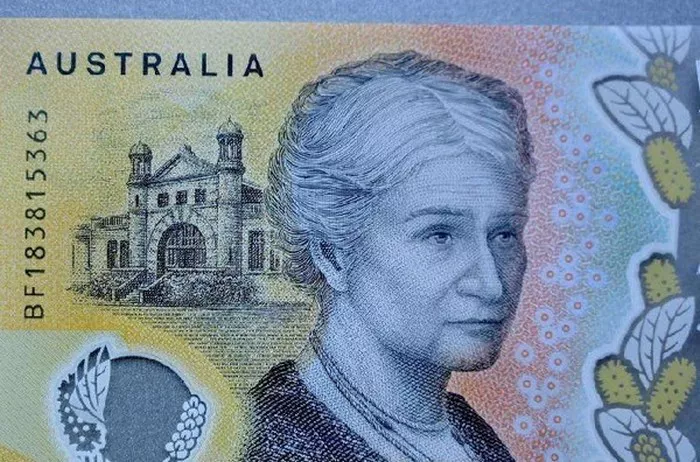The currency exchange market is a complex and dynamic arena where various factors interplay to determine the strength or weakness of a currency. In 2012, the Australian Dollar (AUD) demonstrated notable resilience, consistently outperforming the US Dollar (USD). This unexpected strength piqued the interest of economists, financial analysts, and investors alike. In this article, we delve into the multifaceted reasons behind the AUD’s dominance over the USD during that specific period.
Robust Economic Fundamentals:
One of the primary contributors to the Australian Dollar’s strength in 2012 was its robust economic fundamentals. Australia had successfully weathered the global financial crisis that unfolded in 2008, emerging with a resilient economy characterized by steady GDP growth, low unemployment rates, and a well-regulated financial sector. The country’s prudent fiscal policies, coupled with a strong focus on maintaining a balanced budget, instilled confidence among investors, fostering a positive outlook for the Australian economy.
Resource Boom and China’s Growing Appetite:
A significant driver of the AUD’s strength was the unprecedented resource boom Australia experienced during the early 2010s. As the world’s leading exporter of iron ore and coal, Australia found itself in a lucrative position as global demand for these commodities surged. China, in particular, played a pivotal role in driving this boom, rapidly industrializing and consuming vast quantities of raw materials for its infrastructure projects.
The symbiotic relationship between Australia and China proved advantageous for the AUD. China’s insatiable appetite for Australian resources fueled export revenues, leading to a trade surplus and strengthening the Australian Dollar. This economic interdependence served as a stabilizing force for the AUD during a period when many other currencies struggled in the aftermath of the global financial crisis.
Interest Rate Differentials:
Interest rates play a crucial role in currency valuation, and in 2012, Australia’s interest rates were higher than those in the United States. The Reserve Bank of Australia (RBA) maintained a comparatively higher cash rate, attracting foreign capital seeking better returns on investments. The interest rate differentials between Australia and the US prompted investors to favor the Australian Dollar, driving demand and contributing to its strength.
Moreover, the US Federal Reserve pursued accommodative monetary policies, including near-zero interest rates and quantitative easing, to stimulate economic recovery after the 2008 financial crisis. In contrast, the RBA maintained a more conservative approach, creating a favorable interest rate environment for the AUD and encouraging capital inflows.
Global Risk Appetite and Carry Trade:
The Australian Dollar, often considered a commodity currency due to its strong ties to commodity exports, tends to thrive in environments characterized by global risk appetite. In 2012, as the global economy showed signs of recovery, investors sought higher-yielding assets, contributing to the AUD’s strength.
The carry trade, a strategy where investors borrow in a low-interest-rate currency to invest in a higher-yielding one, played a role in driving demand for the Australian Dollar. With Australia offering attractive interest rates and a stable economic environment, the AUD became an appealing choice for carry trade participants, further bolstering its value against the USD.
Fiscal Prudence and Political Stability:
Australia’s reputation for fiscal prudence and political stability also played a pivotal role in the AUD’s strength. The country maintained a resilient political environment with consistent policy frameworks, fostering a sense of confidence among investors. The government’s commitment to maintaining a stable economic and political landscape contributed to the Australian Dollar’s appeal as a safe and reliable investment.
See Also Are Australian $2 Notes Valuable? A Comprehensive Look
Conclusion:
The strength of the Australian Dollar against the US Dollar in 2012 can be attributed to a confluence of factors, showcasing the complexity of currency valuation in the global market. Australia’s robust economic fundamentals, the resource boom driven by Chinese demand, interest rate differentials, global risk appetite, and the country’s fiscal prudence collectively propelled the AUD to new heights.
While the specific conditions of 2012 may not be replicable in every economic cycle, the lessons learned from this period provide valuable insights into the intricate dynamics that shape currency movements. As the global economy continues to evolve, understanding the factors that contributed to the AUD’s strength in 2012 remains crucial for investors, policymakers, and analysts navigating the complexities of the currency exchange market.


